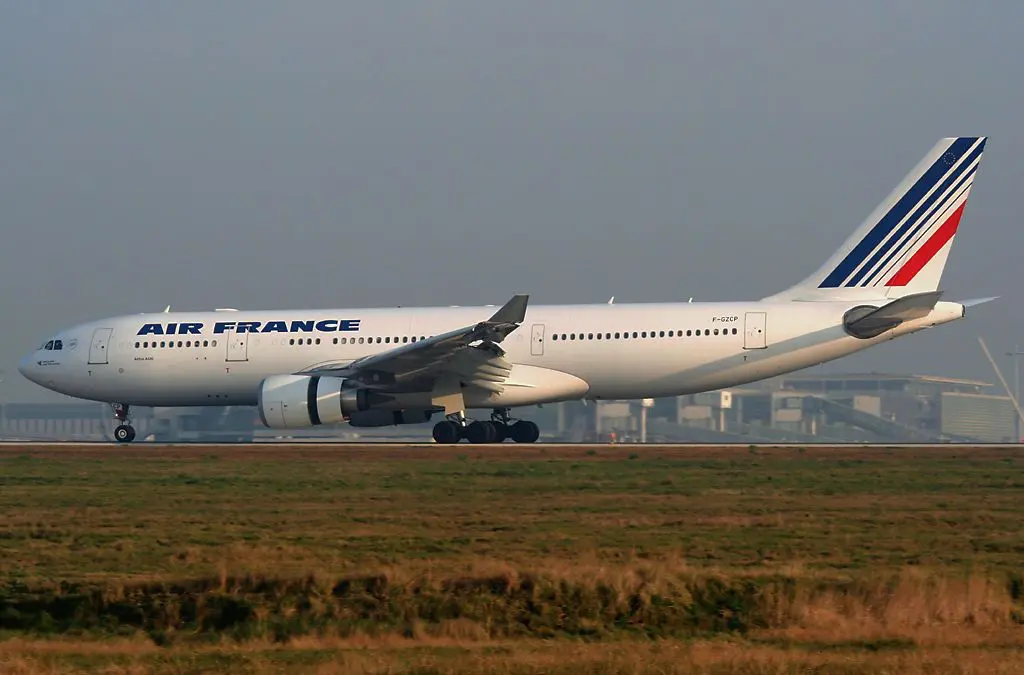
What Happened to Air France Flight 447?
The story behind what caused the Airbus A330 to disappear from the sky one night in June 2009.
Table of Contents
Air France Flight 447 is one of the most discussed and intriguing aviation accidents in modern history. The passenger jet that vanished in 2009 was shrouded in mystery for years. The way it disappeared led to much speculation while experts were trying to solve the mystery.
It was a scheduled international passenger flight from Rio de Janeiro, Brazil, to Paris, France. It crashed into the Atlantic Ocean without a mayday call or any other trace on the 1st of June 2009. The crash killed all 228 passengers and crew on board.
Search and recovery efforts struggled for years to find the wreck and flight recorders. Despite advanced robot submarines and thorough efforts from both the French and Brazilian government, answers kept eluding the investigators. But when the wreck was finally found, the black boxed revealed a surprising turn of events. The accident is still discussed today.
The Airbus A330 is considered as one of the safest aircraft available. It features advanced sensors and systems assisting the crew in keeping the aircraft safe. So how could something ever happen to it? What happened to Air France Flight 447?
The Aircraft and Crew
Serving Flight 447 was an Airbus A330-203 wide-body passenger jet. It featured advanced fly-by-wire controls and a modern cockpit with electronic instrument displays. All Airbus A330s are also equipped with a flight envelope limit protection system. This automatic system limits maneuvers that exceed the aircraft's aerodynamic and structural limits.
Powering the aircraft was two General Electric CF6-80E1A3 high-bypass turbofan engines giving the A330 a range of 12.500 km (7760 miles). Perfect for long haul routes such as the Rio de Janeiro - Paris.
The aircraft was the newest in the Air France fleet at the time being only 4 years old. The A330-203 had accumulated 18.870 flying hours at the time of the crash.
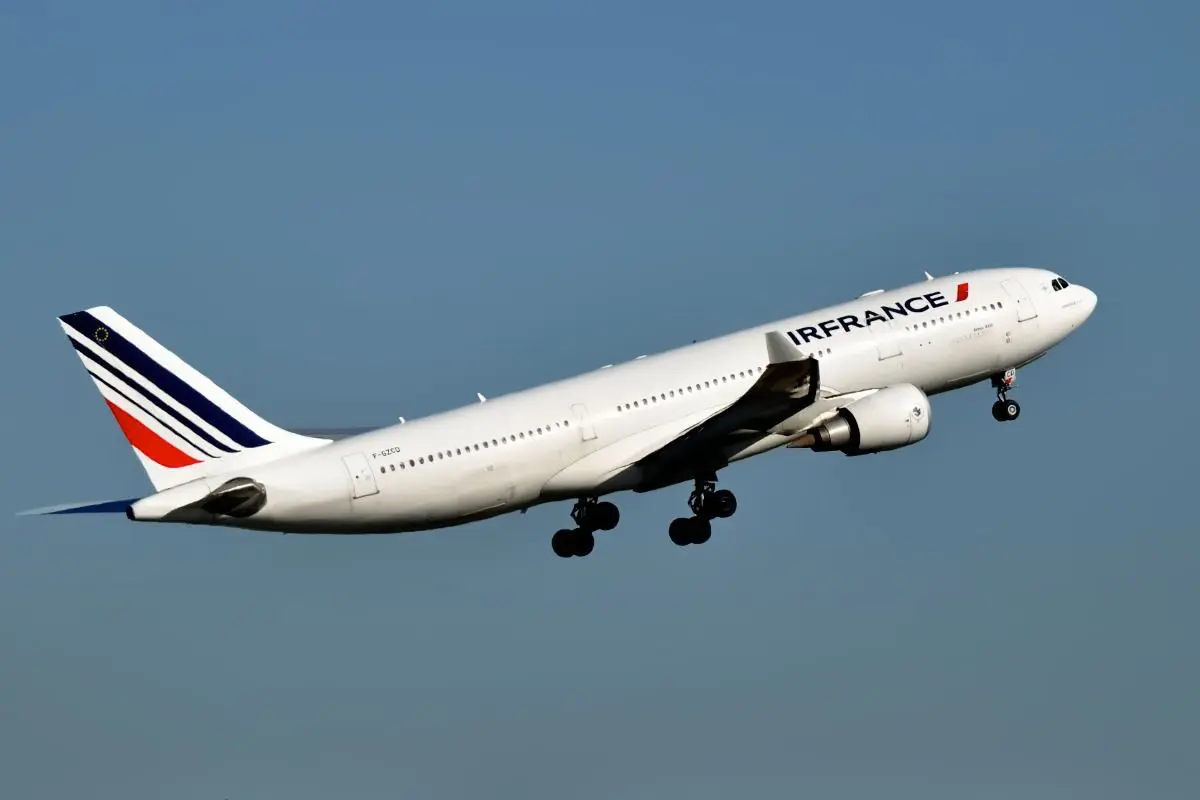
It was carrying 216 passengers, three cockpit crew and nine cabin crew members. Among the passengers were eight children. Most of the passengers were Brazilian, French and German citizens.
The flight crew consisted of three pilots. Captain Marc Dubois, 58 years old, with a total of 10.988 flying hours. Of those were 1.700 hours in the A330.
First Officer and Co-pilot David Robert, 37 years old with two thirds of his 6.547 flying hours in the A330.
First Officer and Co-pilot Pierre-Cédric Bonin, 32 years old. The least experienced of the three with 2.936 flying hours. 807 of them was in the A330. His wife was also on board Flight 447.
Air France procedures dictates that all pilots must take a break every ten hours of duty, including pre-flight preparations. Since the Rio to Paris flight was about 13 hours of pilot duty, the crew would take turn to rest in the dedicated crew rest compartment on board. Therefore three pilots crewed Flight 447. Two pilots would be on the flight deck at all times.
The Accident
Air France Flight 447 took off from Rio de Janeiro Galeão International Airport on 31 May 2009 at 22:29 UTC. The estimated flight time to Paris Charles de Gaulle Airport was 10 hours and 34 minutes.
Flight 447 left Brazilian radar space and entered a communication dead zone at 01:49 UTC. About 3 hours and 20 minutes into the flight.
First officer Robert had the first break. Captain Dubois went for his break at 02:01 UTC after briefing the two other pilots.
Seven minutes later, the aircraft entered icing conditions with hail. The cockpit voice recorder caught the sound of hail hitting the windscreen. First officer Bonin reduced the speed to Mach 0.8 which was the recommended speed for the conditions. The engine anti-ice systems was activated as well.
In the cold weather, ice crystals began to form and accumulate in the pitot tubes that measure airspeed. On modern aircraft, the autopilot relies on airspeed data from the pitot tubes. Ice crystals can affect the accuracy and reliability of pitot tube airspeed data.
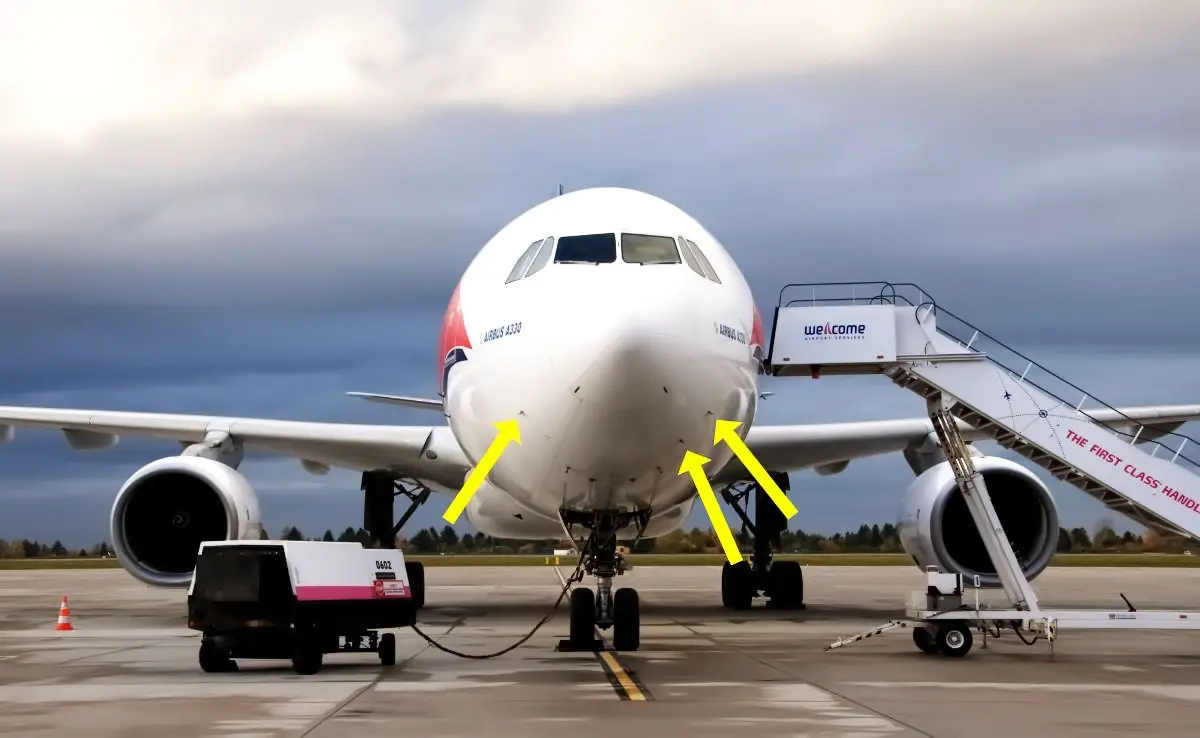
Likely because of this, the autopilot disengaged at 02:10 UTC. Shortly after, the auto throttle cut out as well. This left the two pilots with manual controls of the Airbus A330.
First officer Bonin took manual control of the plane. It rolled slightly left and right as he adjusted to the controls and severe weather. Something the autopilot took care of before it disengaged.
But Bonin also pulled back on his control stick and raised the nose of the aircraft. A maneuver that was not necessary in that situation. The aircraft began to climb as Bonin kept pulling back on his controls. The angle of attack rose above permissable levels and the stall warning sounded briefly in the cockpit. At the time Bonin got control over the roll, the aircraft was climbing close to 7000 feet per minute. Modern airliners normally climb at a max of 2-3000 feet per minute and much lower at high altitudes.
One minute after the autopilot disengaged, the A330 had climbed to its maximum altitude of around 38.000 feet. The nose was still pointing up and the angle of attack had reached 16 degrees. Both engines were now blasting at full throttle to try to push the aircraft upwards. First officer Bonin still pulled back on his control stick.
The A330 began to descend due to the high altitudes and lower speeds. During this descend, the angle of attack increased further to 30 degrees. The wings lost lift and the Airbus began to stall.
Normally the Airbus A330 would automatically correct stall maneuvers to keep the aircraft safe. But when the autopilot disengaged, the aircraft switched from "normal law" flight mode to "alternate law" flight mode. An intentional design feature of the aircraft. One of the consequences of transitioning to alternate law was that the automatic stall protection system no longer operated. Aural stall warnings filled the cockpit instead.
A confused Bonin yelled that he had no control over the aircraft. First officer Robert then tried to take over and pushed his side stick forward to lower the nose. But Bonin still pulled back and the two movements canceled each other out.
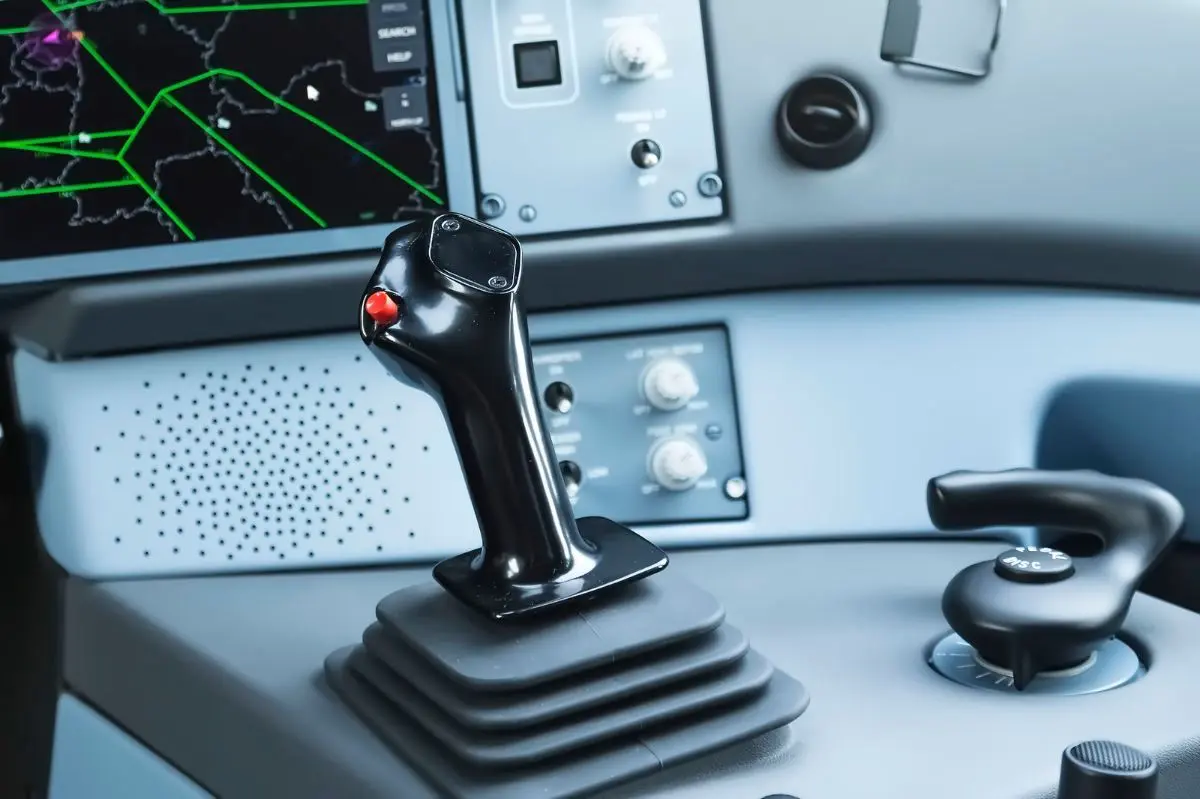
Summoned by Robert, Captain Dubois came back to the cockpit at 02:11:40 UTC. He noticed the many alarms and asked the others what was going on. The angle of attack was now 40 degrees and Flight 447 had dropped to 35.000 feet with the engines running at full power.
Suddenly the stall warnings stopped. The aircraft was experiencing conditions so extreme that the flight computers considered the data invalid and cut the warnings. At 02:12 UTC Bonin lowered the nose slightly. The aural warnings started again as data suddenly seemed valid to the computers.
First officer Robert replied to the captain that they had lost control and that they didn't understand why. Shortly after, Robert said to himself, "climb, climb, climb, climb". Bonin heard that and responded "But I have been at maximum nose-up for a while". The captain now realized that Bonin was causing the stall. He shouted "No no no don't climb!".
Robert heard them and told Bonin to give him controls. He did and Robert pushed forward on the control stick trying to regain lift and recover from the stall.
But it was too late as the A330 had already dropped too low. The ground proximity warning system sensed the approaching ocean surface and sounded an alarm. In response, Bonin again pulled his control stick back without telling the others. Confused and alarmed he yelled "We're going to crash! This can't be true. But what's happening?".
The cockpit voice recorder and flight data recorder stopped recording at 02:14:28 UTC. 3 hours and 45 minutes after takeoff. Air France Flight 447 descended at over 10.000 feet per minute (about 200 km/h, 124 mph) when it hit the water. It hit the ocean with the nose up 16 degrees. The descend from 38.000 feet only took 3 minutes and 30 seconds. The A330 remained stalled during the entire descend. It struck the water with its belly first and the impact destroyed the aircraft.
The crash killed all 228 passengers and crew on impact.
Searching for Flight 447
Air France Flight 447 was supposed to enter Senegalese and Cap Verde airspace at around 02:20 UTC and 03:45 UTC respectively. At 04:00 UTC when Flight 447 had failed to report to either air traffic controls, the controller in Senegal tried to contact the aircraft with no luck.
Both Brazil and France launched an aerial search effort. Other countries also participated. Later on June 1st, Air France and the French government presumed that there would be no survivors. The day after, the Brazilian Air Force spotted what looked to be signs of jet fuel and wreckage.
On June 6th two bodies were found and recovered including debris from the aircraft. This lead to the confirmation of the crash and the death of all onboard. Search crew found the vertical stabilizer the next day. That was the first major part of wreckage they found. The image of it being pulled out of the water became a symbol of the loss of Air France Flight 447.
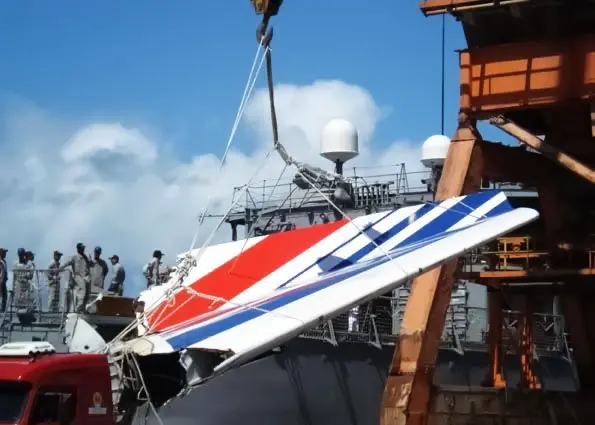
Search and recovery efforts escalated in the following weeks. More than a million square kilometers (386.102 square miles) were scanned and Brazilian military personell dedicated to the search exeeded 1100.
By June 16th, 50 bodies were recovered, including the body of captain Dubois. By the end of June 2009, 640 pieces of wreckage and debris were salvaged. But the flight recorders were still missing. The question of what happened to Air France Flight 447 was still unanswered.
Under the Waves
Besides looking for bodies and debris, the search teams began the hunt for the crucial black boxes.
The French nuclear submarine "Émeraude" used sonar to listen for the pings emitted by the flight recorders. French and American underwater audio "listening" devices aided Émeraude.
The ocean was more than 3000 meters deep in that area. The underwater terrain was rough and mountainous. Finding the recorders would be difficult. The agency responsible for investigating the accident (called BEA) was not confident. Time was also an enemy as the flight recorder pingers would only be active for about 30 days.
In late July 2009, a French research ship assisted in the search by towing a sonar through the water, listening for pings. The search ended in late August with no results. It had covered a 75 km radius of Flight 447's last known location.
Between the beginning of April and the end of May 2010, Airbus and Air France funded another search for Air France Flight 447. A towed sonar and three robot submarines covered 6300 square km. They did not locate Flight 447.
Another search effort was initiated in 2011, almost two years after the disappearance of Flight 447. A U.S based search consultancy firm used methods previously successful in finding the USS Scorpion and SS Central American. The search started close to the last know location of Flight 447.
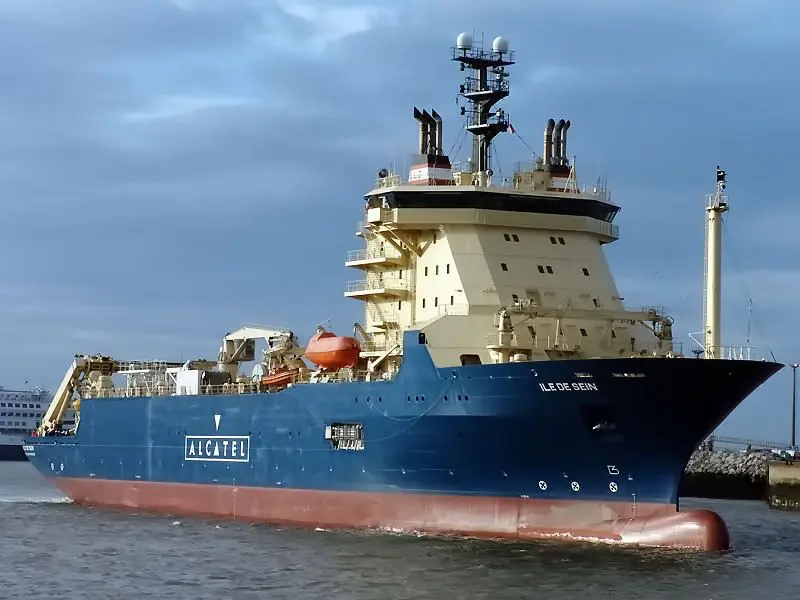
Finally the search was succesful. It took less than a week to discover the location of Air France Flight 447. Debris including large wing parts, the engines and landing gear were scattered on a relatively flat area and close together 3.980 meters below the surface. They also found more bodies still trapped in the fuselage.
They found the flight data recorder on the 26th of April 2011. A robot submarine operated by a chartered ship found the flight data recorder on its first dive. The cockpit voice recorder was found on the 2nd of May 2011. Both recorders were brought to France for analysis.
The search for more bodies continued until the 3rd of June 2011. In total 154 bodies were recovered. The remaining 74 bodies never was.
Investigations and Findings
After the crash of Flight 447, BEA did not have many facts to go on. In the beginning of July 2009 investigators summarized the known facts in a report. They concluded that the aircraft hit the water in a normal flight attitude but with a high descent rate. From the debris, they found no signs of a fire, explosion or an in-flight break-up.
In general they found no major malfunction of the aircraft. But from automated messages they knew that the pitot tubes were measuring inconsistent airspeeds. They also knew that it would cause the autopilot to disengage.
From the flight recorders, investigators could confirm that the aircraft did in fact not break up in flight but hit the water largely intact. More importantly they confirmed that the rapid descent was not caused by mechanical failure or extreme weather. It was rather a result of an aerodynamic stall caused by the crew.
However while the inconsistencies in airspeed measurement explained why the autopilot cut out, it did not explain the stall and the pilot's loss of control. Normally the crew would lower the aircraft's nose in the event of a stall.
But there was one factor that could explain the behaviour of the crew. Normally the Airbus A330 would not accept control inputs that would lead to at stall. But in alternate mode the stall protection was off and the crew could have been unaware of this. They might have thought that the aircraft would have kept them safe from a stall.
In late July 2011, investigators published new interim findings. They stated that the crew did not follow procedures for unreliable airspeed indications. Also they did not realize that the aircraft had reached its maximum altitude. The crew never read out important data such as airspeed and altitude and they failed to notice the stall warnings that sounded in the cockpit for 54 seconds non-stop. Apparently the crew did not realize that the aircraft was in a stall.
Investigators also drew attention to the stall warnings. By design, they deactivate when the computers consider the angle of attack data to be invalid. This happens when the airspeed drops below a certain limit.
So when the pilots pulled back on the stick, the airspeed dropped and the warnings stopped. When they pushed the stick forward, the warnings came back as the aircraft regained speed. This happened several times and might have confused the pilots even more.
In general it seemed that the pilots was unable to determine what instruments and warnings to trust.
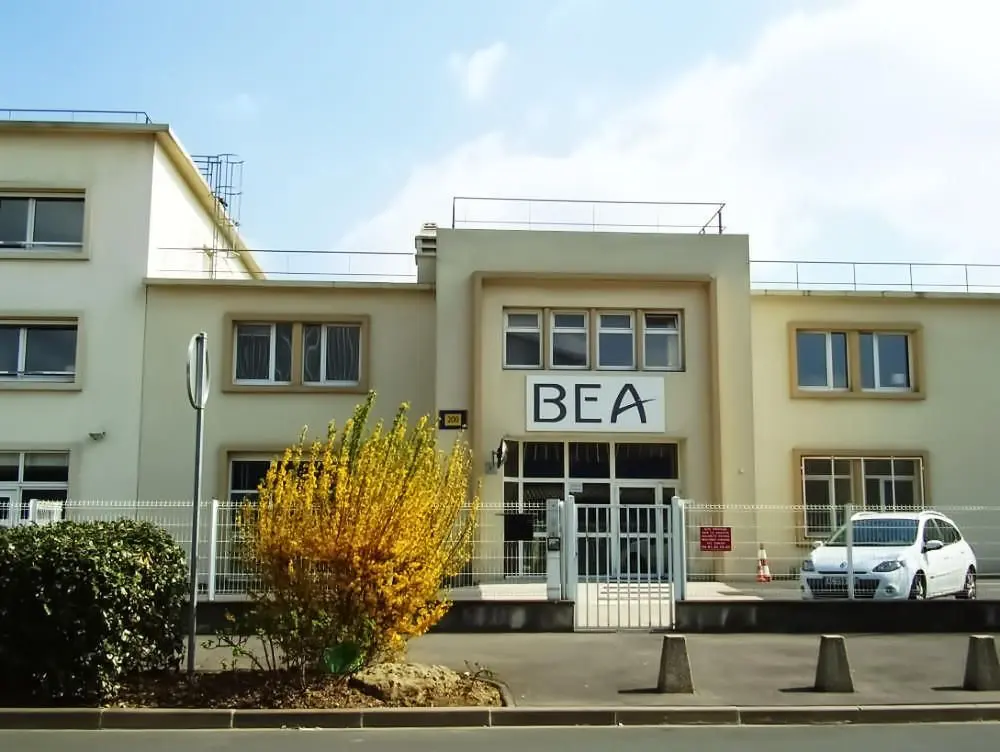
BEA published their final report in July 2012. According to this, the accident was a result from a number of events.
First, an inconsistency in airspeed measurement occured, most likely due to ice buildup in the pitot tubes. This caused the autopilot to disengage. Because of this, the aircraft reconfigured to alternate law, as intended by design.
The crew then made inappropriate control inputs that destabilized the aircraft's flight path. That ultimately lead to a stall. In addition, the crew failed to apply the procedures for loss of airspeed indications. The crew also failed to realize that the aircraft had stalled. Because of that, they did not take appropriate action to recover.
Investigators concluded that the crew lacked training in both manually handling the aircraft in high altitudes and in airspeed indication anormalies. The two co-pilots failed to comprehend the situation and that undermined their task management.
The final report also concluded that the cockpit lacked a clear way of indicating an airspeed inconsistency. The crew did not have any visual information that could confirm the stall.
But why did the crew not respond to the stall warnings?
Possible factors include the crew's failure to identify the aural stall warnings. The way the warnings came and went as the angle of attack shifted contributed to the confusion. The lack of visual cues and failure to understand the consequences of alternate law, might also have played a part.
Aftermath
Air France Flight 447 is one of the most intriguing aviation accidents in history.
Journalist Wil S. Hylton wrote that "The vanishing of Flight 447 was easy to bend into myth. No other passenger jet in modern history had disappeared so completely — without a Mayday call or a witness or even a trace on radar".
Adding to the myth, the Airbus A330 is one of the safest aircraft in the world. And it just disappeared from the sky one night in June 2009.
It vanished over a vast ocean, during a dark night, and with no survivors. And for years, the aircraft remained hidden, while speculations about what happened only grew.
When found, investigators could finally paint a picture of what happened that night. A perfect storm of critical events and human errors caused Flight 447 to literally fall out of the sky. Into the dark ocean, killing everyone on board.
Investigators made a number of safety recommendations to help other pilots in the future.
As with all other aviation incidents and accidents, they make flying safer thanks to thorough investigation and having safety as a first priority.
Planenerd Newsletter
Join the newsletter to receive the latest updates in your inbox.






